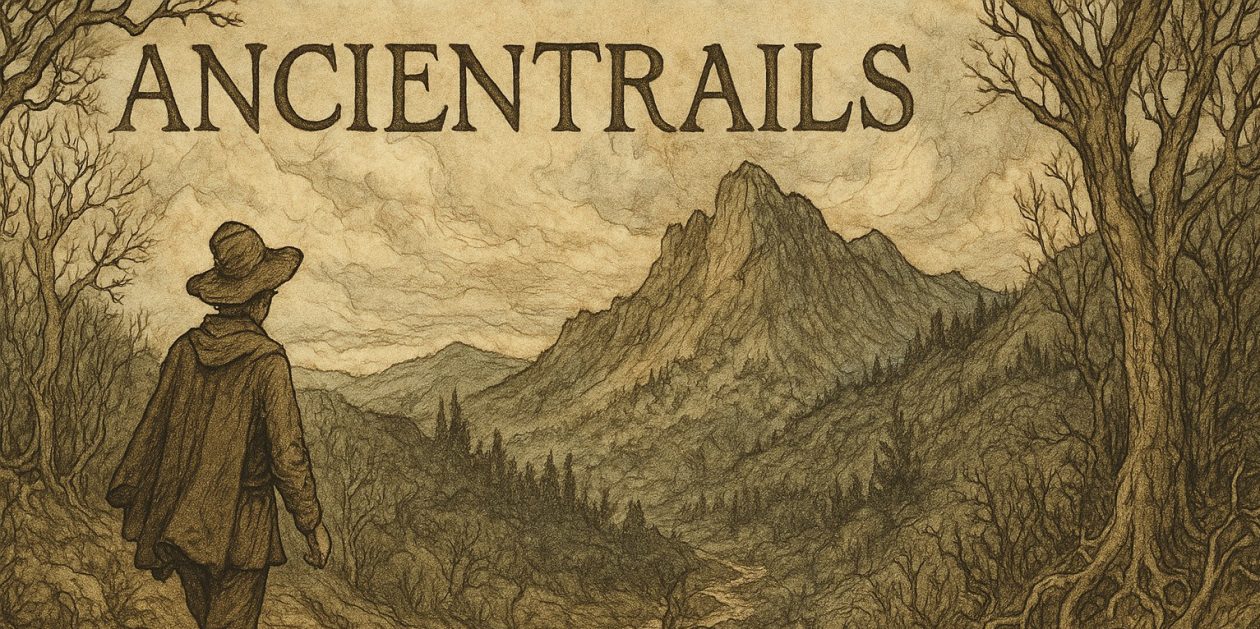Imbolc Valentine Moon
A few days back I wrote this post. In it I admitted my yearning for the mystical, the mysterious, the contemplative; but, the metaphysical superstructure for them had been stripped away. (by me. and for the most part happily so.) Those impulses, partly stirred by the long, cold winter and its isolation, welcome, but draining at the same time, have been niggling away at me for some time.
(Progoff)
Then, I remembered. I know how to get those elements back in my life. The Ira Progoff Journal Workshops. I’ve done two of these, the three part series. I’ve included some introductory material on them below. Progoff was a Jungian analyst who worked over his career to develop a means of self-work rooted in Jungian method. His efforts produced the Intensive Journal ,Process Meditation and these workshops.
Here’s what I like. The work is yours, for you and reviewed by no one. It’s a method, which I’ve used off and on, for many years. As some of you know, I was in Jungian analysis, also off and on, for many years. That means the worldview behind Progoff’s method reaches into deep work I’ve already done.
There are no guru’s here, no dogma, no path other than the ancientrail of self-wisdom. There’s no follow up, no encouraging you to do more. Yet, there is a deep passion for the work individuals do on their own through Progoff’s methods. It fits me and I’m glad I remembered it.
In fact, I’m headed off to Tucson, Arizona in late March for a six-day retreat to do all three workshops. There will be, too, side trips to Carlsbad Caverns, Chaco Canyon and grandaughter Ruth just before her 8th–no longer required to ride in the car seat–birthday. Ah.
Introduction to the Intensive Journal Program
Experience a life-changing process to give your life greater direction, vitality and purpose. Developed in 1966 by Dr. Ira Progoff, our nationally-recognized program has helped 175,000 people lead more fulfilling lives. Discover resources and possibilities you could not have imagined. The Intensive Journal method can be your honest friend in the creative process of shaping your life.
How can you benefit from this method?
- By using an integrated system of writing exercises. It’s much more than a diary.
- Gain insights about many different areas including personal relationships, career and special interests, body and health, dreams and imagery, and meaning in life.
- Apply fresh approaches to access your creative capacities and untapped possibilities.
- Work in total privacy. Neither you nor anyone else will judge or analyze your life.
- Use a method that is without dogma. The Intensive Journal method is a process that can be used by people of all different backgrounds, interests and faiths.
- Attend workshops at leading centers for reasonable prices.
- You do not have to like to write or be a good writer. You are the only one who reads what you write.
Part I: Life Context (LC) Workshop: Gaining a Perspective on Life
Develop an inner perspective on the movement of your unfolding life process. Gain greater awareness of the continuity and direction of your life as it reveals what it is trying to become.
Generate insights about major areas of your life, including personal relationships, career and special interests, and body and health. The dialogue process provides a unique way to gain feedback and momentum as you deepen your understanding of these areas.
Part II: Depth Contact (DC) Workshop: Symbolic Images and Meaning in Life
Deepen your experience as you focus on the exercises in the second half of the Intensive Journal workbook. Learn how to use Progoff’s unique non-analytical method to draw forth messages from you inner symbolic experiences which can provide important leads in your unfolding life process.
Using Process Meditation™ techniques provides specific ways of developing your spiritual process in the context of your entire life. Explore experiences of connection that had significant meaning, gain insights about your ultimate concerns, and explore major themes in your life. Progoff’s advanced meditation techniques provide an avenue for greater reflection.
Part III: Life Integration (LI) Workshop/Journal Feedback™ Process: Integrating the Life Process
Progoff said the Journal Feedback process is the “essence of the Intensive Journal method and one of my main contributions.”
Experience the cumulative dynamic process created from working with material in one workbook section and how it can lead to entries in other related areas. This progressively deepening process generates an inner momentum and energy as you apply Progoff’s non-analytical Journal Feedback techniques. Your workbook becomes an active instrument as you approach situations from different perspectives.
New awareness and growth become possible as you realize connections between diverse areas. You are drawing your unfolding life process forward as you move toward greater wholeness and integration.

